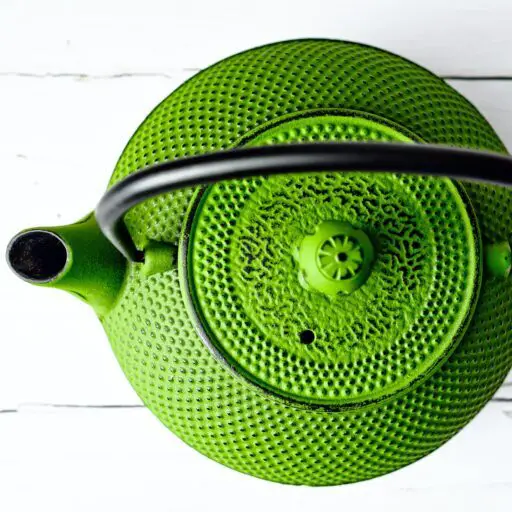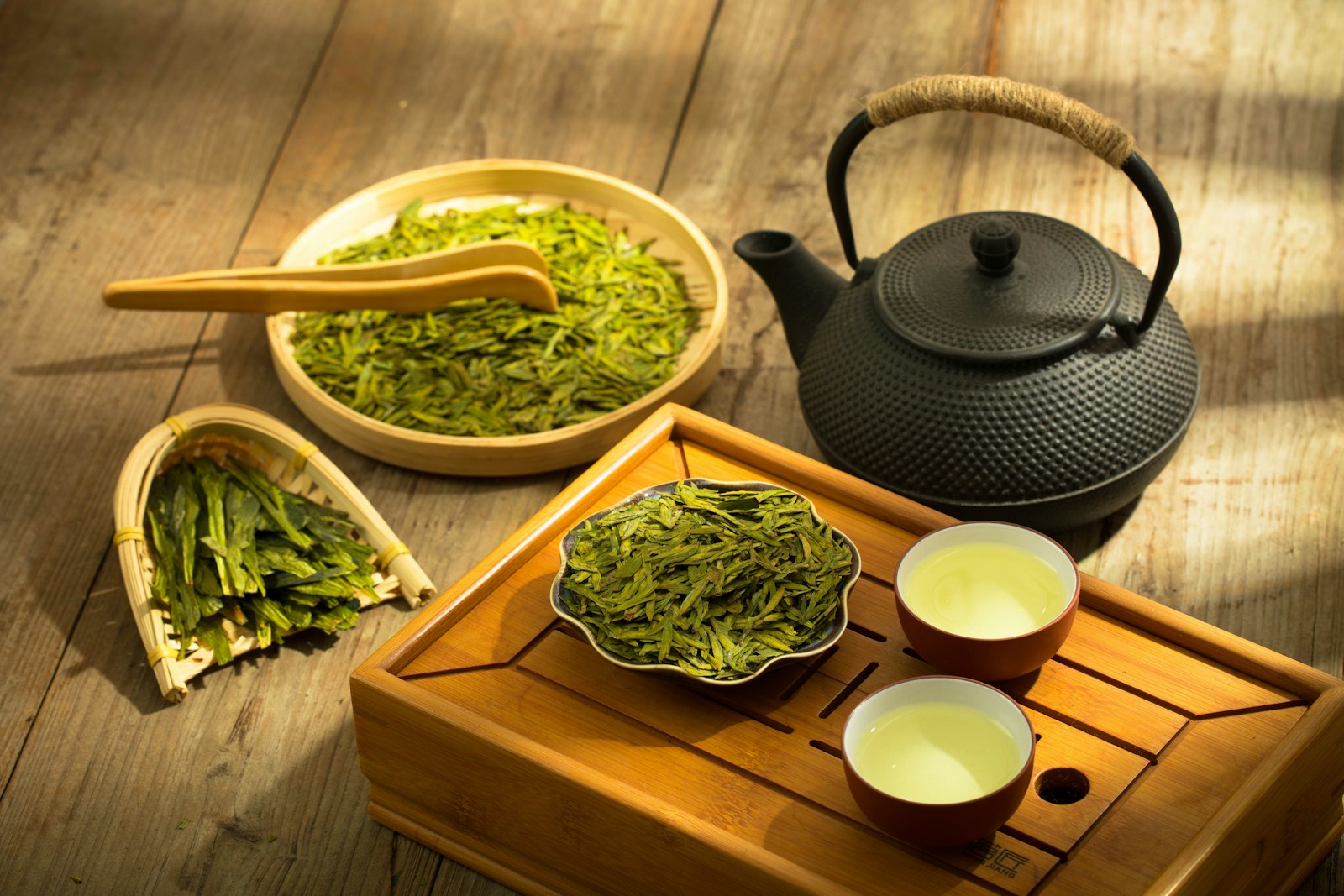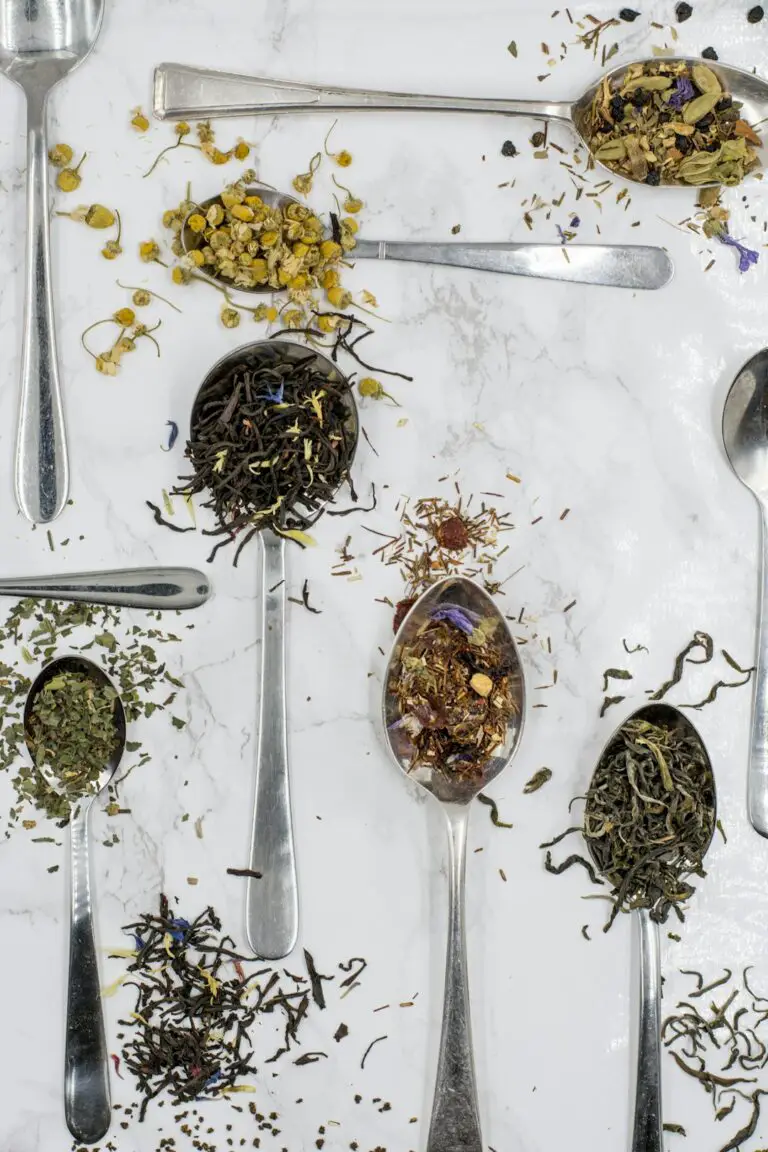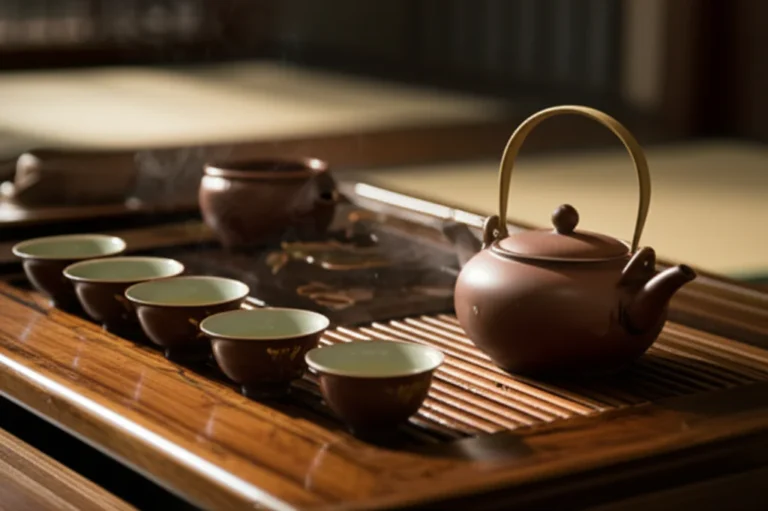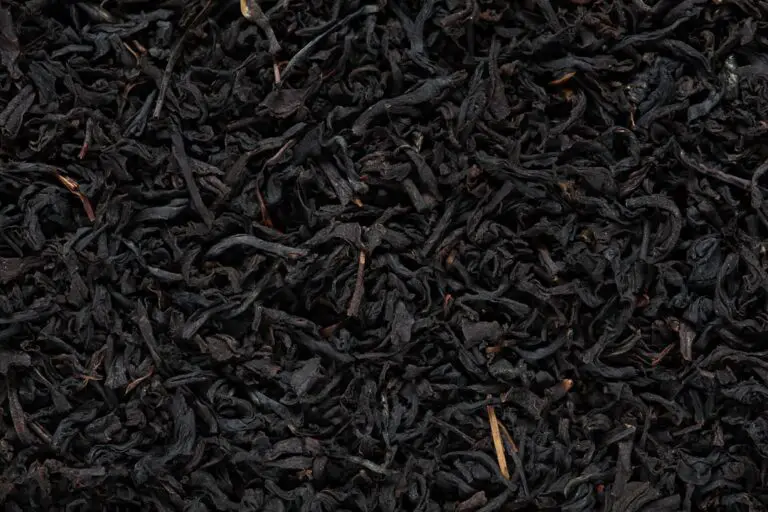Support our educational content for free when you purchase through links on our site. Learn more
🍵 Matcha vs. Sencha: Which One’s Healthier? A Deep Dive Into Tea Science
Green tea has long been celebrated as a super-drink — full of antioxidants, metabolism boosters, and that gentle buzz that coffee can’t match. But walk down any tea aisle (or browse online), and you’ll face a subtle dilemma: Matcha or Sencha?
Both come from the same plant (Camellia sinensis), yet their nutritional profiles and health effects can differ dramatically depending on how they’re grown, prepared, and consumed.
In this post, we’re diving deep into the science, breaking down exactly how three cups of sencha stack up against one cup of matcha, using real numbers and recent research.
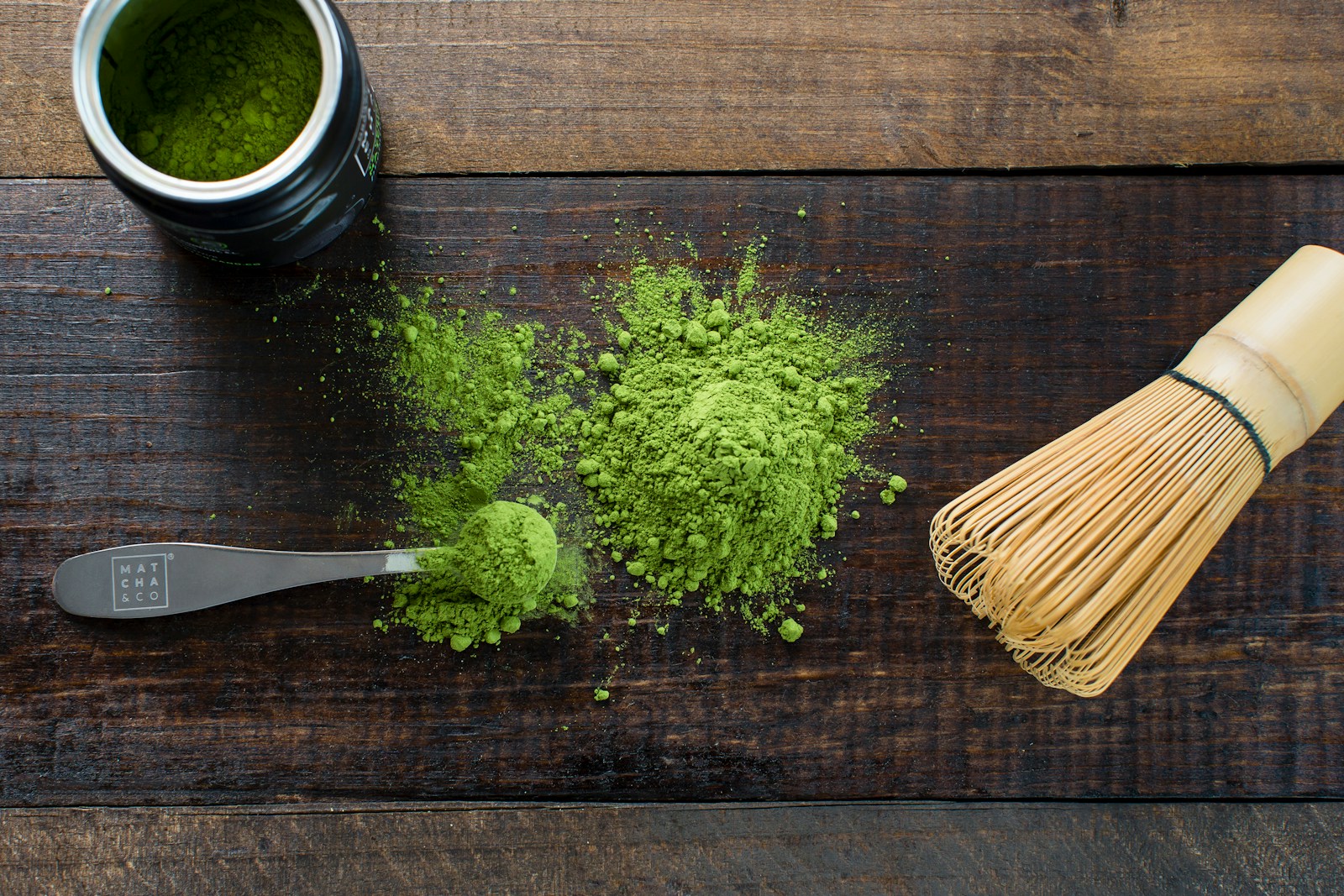
🌿 What’s the Difference?
Before we get numerical, let’s define our teas:
-
Matcha = Whole leaf powder. Grown in the shade before harvest, ground into a fine powder, and whisked directly into water. You consume the entire leaf, not just the infusion.
-
Sencha = Whole leaves infused in hot water. It’s the most common green tea in Japan. You steep, then discard the leaves — so you only get water-soluble compounds.
This difference — ingesting vs. infusing — explains why their nutrient profiles diverge so much.
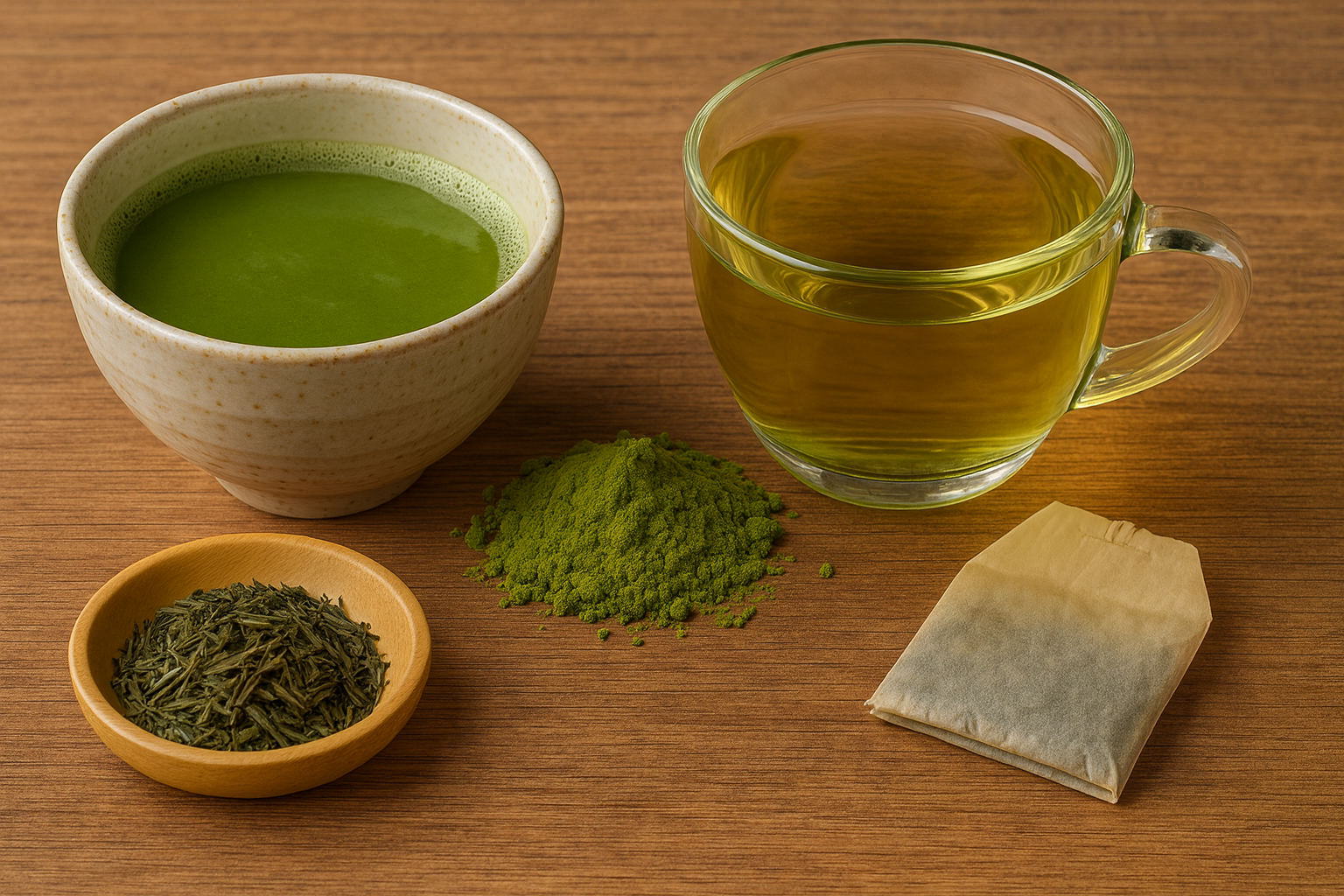
📊 Nutrient Profile: Bags vs. Powder
To make this fair, let’s compare one typical matcha serving (2 g powder) against 1–6 sencha bags (2 g each, steeped once), and find the number that matches closest.
| Serving | Bags (sencha) | EGCG (mg) | EGCG — ratio vs matcha | Total catechins (mg) | Total catechins — ratio | Caffeine (mg) | Caffeine — ratio | L-theanine (mg) | L-theanine — ratio | Chlorophyll (mg) | Chlorophyll — ratio | Fiber (g) | Fiber — ratio | Soluble profile distance vs matcha |
|---|---|---|---|---|---|---|---|---|---|---|---|---|---|---|
| Matcha (2 g) | 0 | 140 | 1.00 | 200 | 1.00 | 70 | 1.00 | 30 | 1.00 | 40 | 1.00 | 0.5 | 1.00 | 0.0000 |
| Sencha infusion (1 bag) | 1 | 35 | 0.25 | 70 | 0.35 | 25 | 0.36 | 10 | 0.33 | 0 | 0.00 | 0 | 0.00 | 1.1143 |
| Sencha infusion (3 bags) | 3 | 105 | 0.75 | 210 | 1.05 | 75 | 1.07 | 30 | 1.00 | 0 | 0.00 | 0 | 0.00 | 0.2324 |
| Sencha infusion (6 bags) | 6 | 210 | 1.50 | 420 | 2.10 | 150 | 2.14 | 60 | 2.00 | 0 | 0.00 | 0 | 0.00 | 1.4430 |
👉 Three sencha bags provide a nearly identical soluble nutrient profile (catechins, caffeine, theanine) to one matcha serving. However, matcha still wins on chlorophyll and insoluble fiber, since you consume the whole leaf.
👉 You can download the full dataset as a CSV.
🧪 What the Research Says
🫖 1. Antioxidant Power
Matcha is often marketed as “ten times stronger” than sencha — but real lab data tells a more nuanced story:
-
A 2023 analysis of 15 popular teas found that bagged and gunpowder green teas actually contained higher total phenolics and antioxidant capacity than several matchas tested, including some ceremonial grades (source).
-
According to the European Food Safety Authority, brewed green teas range from 2.3 to 203 mg EGCG per 100 mL — an 88-fold variability (EFSA Journal 2018). Strongly brewed sencha can rival or exceed matcha catechin levels, especially when multiple cups are consumed.
☕ 2. L-Theanine & Caffeine
Matcha’s shade-growing boosts L-theanine, which together with caffeine gives that famous “calm alertness” effect. A 2 g matcha serving typically delivers 30–40 mg theanine and 40–90 mg caffeine, roughly equivalent to 2–3 cups of sencha (Unno et al., 2018).
🌱 3. Safety & Absorption
-
Liver safety: Concern about catechin toxicity applies mainly to supplements. EFSA found liver enzyme elevations at ≥800 mg EGCG/day in capsule form — far above a typical cup (EFSA, 2018).
-
Iron absorption: Both matcha and sencha inhibit non-heme iron absorption if drunk with meals. Spacing tea 1+ hour away minimizes this (Hurrell et al., 1999).
-
Microplastics: Nylon or PLA pyramid tea bags can release billions of microplastics into hot water (Hernandez et al., 2019). Using loose-leaf or paper bags avoids this.
-
Heavy metals: Since matcha involves ingesting the whole leaf, any residual metals are also ingested — usually well below safety thresholds, but buying from reputable brands with testing is wise.
🆚 3 Cups Sencha vs. 1 Cup Matcha: Health Impact
| Health Goal | Winner | Why |
|---|---|---|
| Heart & metabolic health | ✅ Sencha (3 cups) | Spreading intake boosts total polyphenol exposure with lower acute caffeine |
| Calm focus, single serving | ✅ Matcha | Shade-grown theanine + caffeine synergy |
| Iron absorption concerns | ⚖️ Tie | Both inhibit iron; timing is key |
| Minimize leaf contaminants | ✅ Sencha | You discard the leaf |
| Maximize chlorophyll / insoluble nutrients | ✅ Matcha | You ingest the leaf |
📝 Practical Brewing Tips
-
Sencha: 80 °C water, 2–3 min steep. Re-steep leaves for more antioxidants. Choose paper or loose-leaf to avoid plastic.
-
Matcha: 1–2 g powder, whisk with 70–80 °C water. Sift first for a smooth texture. Choose reputable, tested brands for purity.
-
Iron: Drink tea at least 1 hour before or after iron-rich meals or supplements.
-
Caffeine: If sensitive, split sencha through the day rather than a single matcha dose.
🟩 Verdict
Both matcha and sencha are green tea powerhouses, but their strengths differ:
-
☀ Three cups of sencha = excellent for steady antioxidant exposure and heart benefits, with gentler caffeine.
-
🌑 One cup of matcha = best for concentrated theanine+caffeine synergy and chlorophyll boost.
For most people, you don’t need to choose — enjoy sencha through the day and matcha when you want a focused lift.
📚 References
-
EFSA. (2018). Safety of green tea catechins. EFSA Journal.
-
Unno, K., et al. (2018). L-theanine and caffeine synergy in matcha. PubMed.
-
Hernandez, L. M., et al. (2019). Plastic Teabags Release Billions of Microparticles. Nature Scientific Reports.
-
Hurrell, R. F., et al. (1999). Tea inhibits iron absorption. PubMed.
